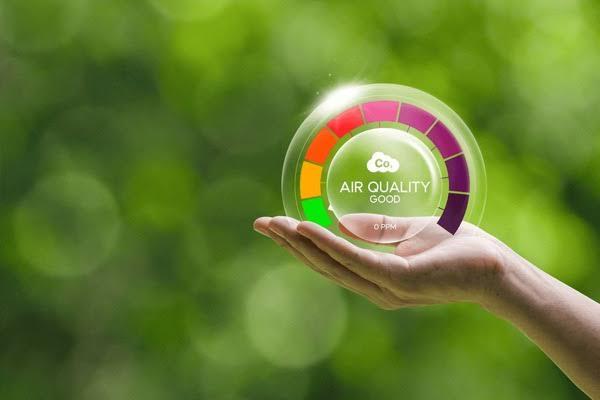Inquire
AIR QUALITY & DETECTION SYSTEM

An Air Quality and Detection System is an environmental monitoring solution designed to measure, analyze, and report the concentration of atmospheric pollutants using a combination of gas sensors, microcontrollers, and communication modules. This system plays a crucial role in real-time air pollution detection and is often integrated with IoT (Internet of Things) for remote monitoring and data visualization.
Technical Components and Working Principle:
-
Sensors:
- MQ Series Sensors (MQ-135, MQ-2, etc.): Used to detect gases like CO₂, CO, NH₃, benzene, and smoke.
- PM Sensors (e.g., PMS5003, SDS011): Measure particulate matter (PM2.5 and PM10) concentrations.
- NOx, SO₂, and O₃ Sensors: Electrochemical or metal oxide sensors used for detecting nitrogen oxides, sulfur dioxide, and ozone.
- Temperature and Humidity Sensors (DHT11, DHT22): Assist in air quality analysis by correlating gas readings with environmental conditions.
-
Microcontroller Unit (MCU):
- Typically an Arduino, ESP32, or Raspberry Pi is used to interface with sensors, collect data, and control output operations.
- It reads analog or digital signals from sensors, processes them, and converts them into air quality indices (AQI) or gas concentration levels (ppm or µg/m³).
-
Data Processing and Calibration:
- The raw sensor data is subjected to signal conditioning, digital filtering, and sensor calibration algorithms to eliminate noise and improve accuracy.
- Some systems use machine learning models to enhance prediction and classification of pollutant types.
-
Communication Module:
- Wi-Fi (ESP8266/ESP32), LoRa, or GSM/GPRS modules are used for transmitting sensor data to cloud platforms or local servers.
- Data is sent to cloud services like ThingSpeak, Blynk, or custom dashboards for visualization.
-
Power Supply:
- Typically powered by DC sources, solar panels, or rechargeable batteries with voltage regulators to maintain circuit stability.
-
Output and Interface:
- The system can display AQI values on LCD/OLED displays, mobile apps, or web interfaces.
- Alert mechanisms like buzzers, LEDs, or push notifications are used when pollutant levels exceed thresholds.
Applications:
- Smart cities for urban air quality management.
- Industrial zones to monitor emission compliance.
- Hospitals, schools, and offices for indoor air quality monitoring.
- Environmental research and climate monitoring systems.
Conclusion:
An Air Quality and Detection System is a multidisciplinary integration of sensor technology, embedded systems, and wireless communication that helps in proactive air pollution management. It enables users and authorities to take informed decisions and preventive actions to reduce health hazards caused by poor air quality.
- Managerial Effectiveness!
- Future and Predictions
- Motivatinal / Inspiring
- Other
- Entrepreneurship
- Mentoring & Guidance
- Marketing
- Networking
- HR & Recruiting
- Literature
- Shopping
- Career Management & Advancement


 SkillClick
SkillClick